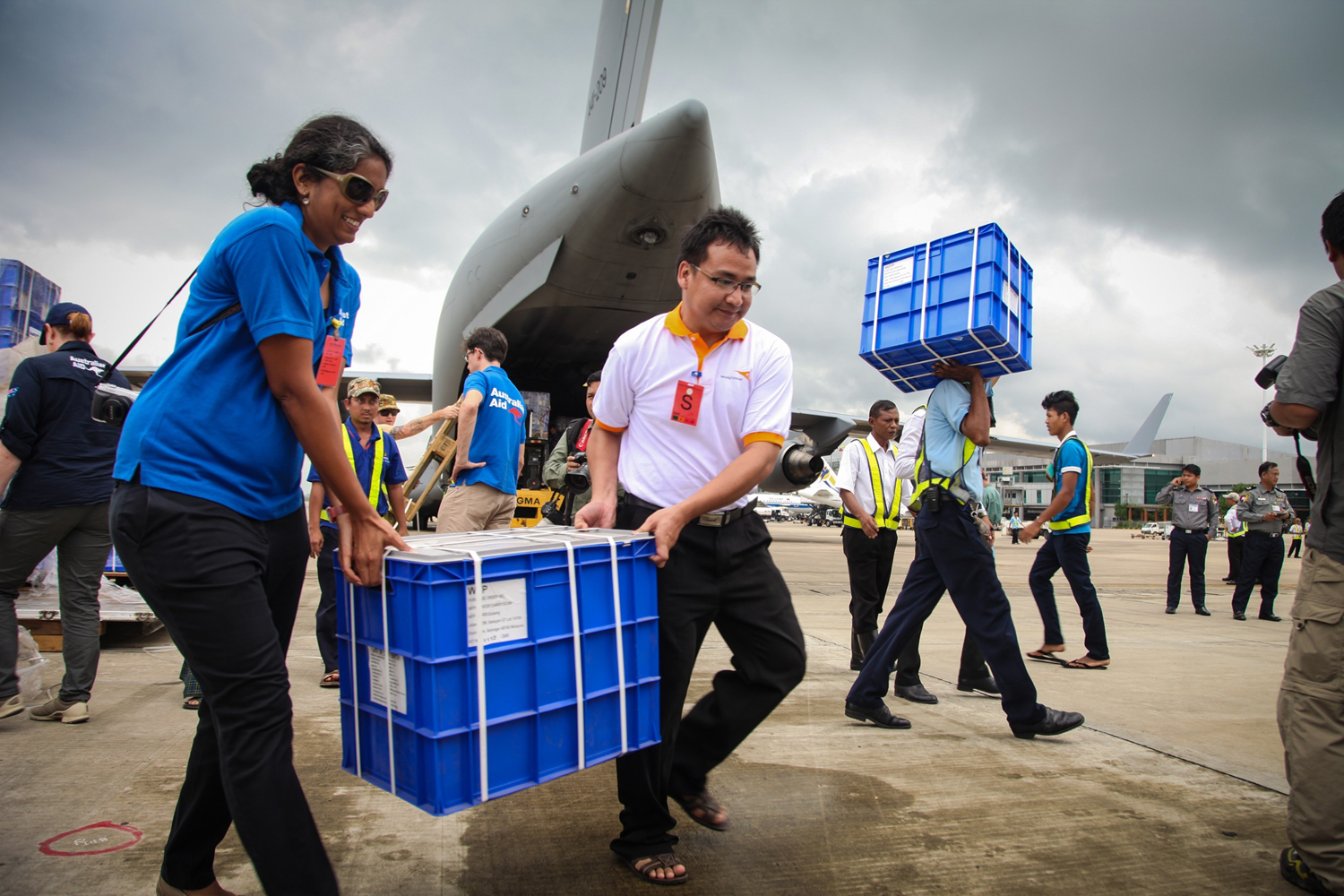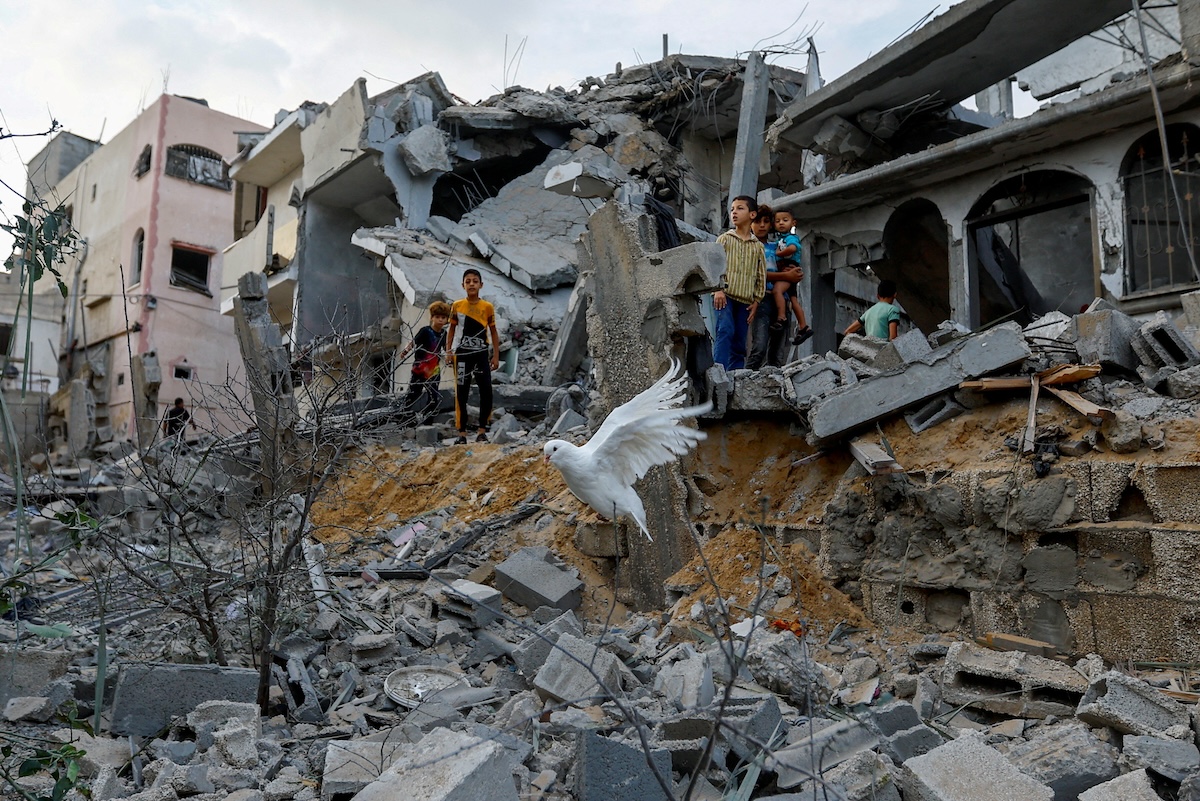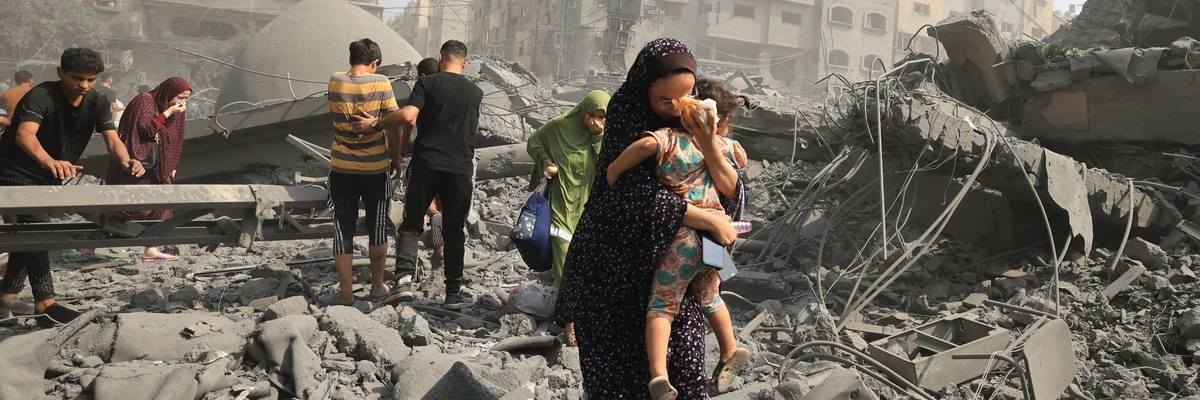We seek a world in which the Christian vision flourishing is actualised, with extreme poverty alleviated and the dignity of all peoples recognised.
Jesus calls us to ‘love our neighbour as ourselves’ and when asked who our neighbour is, we see that it is not just those we share a fence with, but rather all people, regardless of differences. To love our neighbours well, we seek to ensure our nation is investing generously in the alleviation of poverty, in education and in other programs which restore dignity and ‘set the oppressed free’.
We are blessed to live in one of the wealthiest nations in the world. With this wealth used generously by many, with the Australian population being one of the most generous in the world in terms of charitable giving. Our view is that the Australian aid budget does not fully represent this generosity, nor reflect the role Australia could and should be playing in fighting poverty globally.

Australia is one of the wealthiest countries in the world yet our generosity as a nation continues to decline. Despite modest funding increases in this budget, Australia’s Official Development Assistance remains at a record low of 19 cents in every $100 in income. This is compared to similar nations such as the United Kingdom (58 cents per $100) and Canada (38 cents per $100).
Our politicians worry that Australians won’t back efforts to support our neighbours as we face our own challenges as a nation. But what if they underestimate us?
For not only are Australians bighearted, we also understand the difference investing wisely makes.
Ten of Australia’s top 15 export markets today, are countries where we once provided aid.
You can read more about Australia’s aid program at the ANU’s Aid Tracker project.

26 out 29
Australia's aid ranking out of wealthy OECD nations
0.19%
of GNI is the total aid budget
339 Million
People will be in need of live-saving humanitarian assistance in 2023
Australia’s aid program is transforming the lives of many. People have sight restored, children receive an education, health rates improve, women and girls are empowered and more. Here is a glance at some of the strong outcomes across Sub-Saharan Africa, the Pacific Region, South East Asia and Beyond:
2.5 million people
across 18 countries in this Sub-Saharan Africa were supported by the work of Australian NGO's - with funding from Australian aid, in 2021-22.
75 projects
in Sub-Saharan Africa were delivered from 2021-22 across eye health, food security, governance, rural development and agriculture, water health and sanitation (WASH), disability inclusion and gender equality.
95,111
people in Ethiopia received emergency assistance from Australia's aid program in the past year, in response to escalating humanitarian need.
1,897,476
people in South-East Asia received emergency assistance in 2021-22.
33,665
women and girl survivors of violence received key services, including counselling in 2021-22.
25,658
women in the Pacific were supported to take on leadership roles at the community, provincial and national levels over the past 10-years.
881,549
people in the Pacific participated in awareness and education about ending violence against women and children through the Pacific Women program.
116,341
women and children were able to access crisis support services through the Pacific Women Lead Program
Australia provides humanitarian support across the globe, to support less-wealthy nations respond to pressing crises. The above wonderful outcomes a mere snapshot of the fantastic work. In recent years this funding has provided life-saving support to those on the verge of starvation across the Horn of Africa, Afghanistan and Yemen, supported those on the ground in Türkiye after the devastating earthquakes, assisted those suffering in Ukraine and Myanmar and beyond! This funding truly saves lives.
The number of people needing life- saving humanitarian aid is increasing. In 2023 it is forecast to be 339 million people, 65 million more than 2022. So now is the time for Australia to step up its generosity so that we can love our neighbours well and provide our fair share of support.
National Director Matt Darvas provide an update of the latest federal budget.


